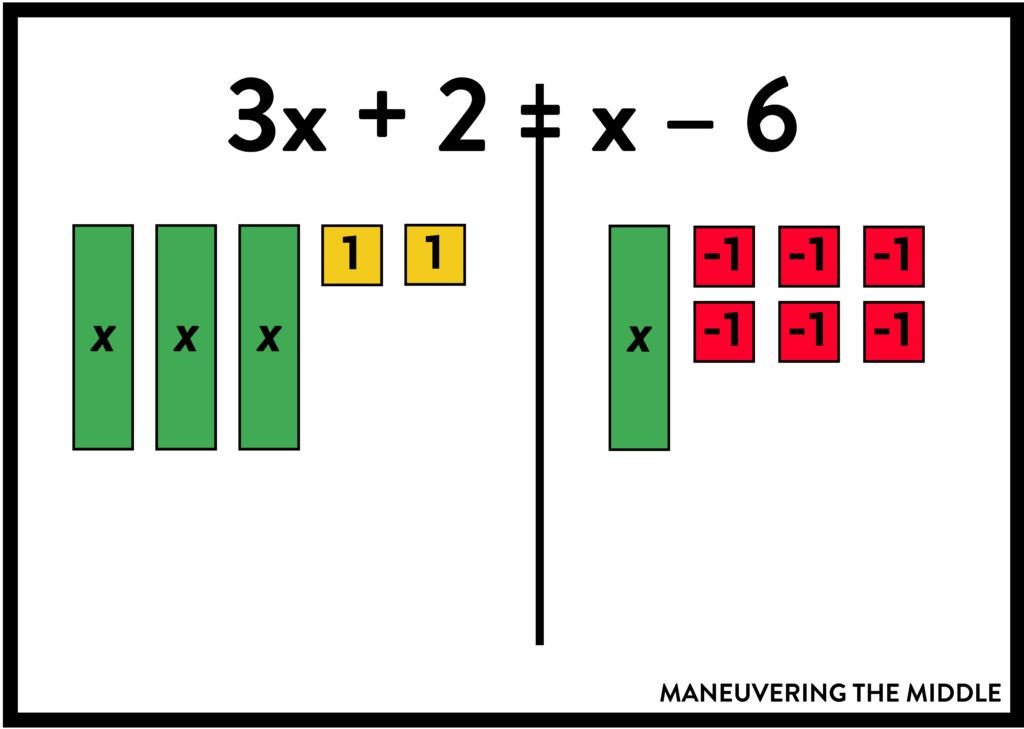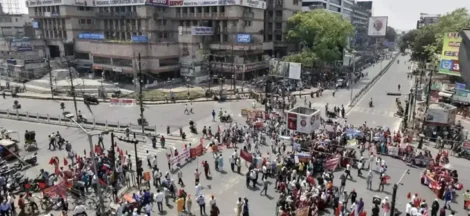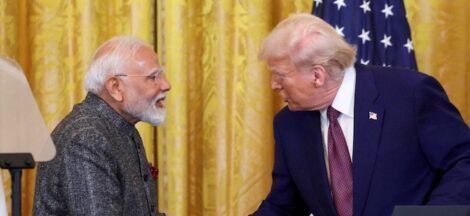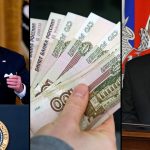By Anjan Roy
Years from now, when the present will become history, generations will wonder how the world could have survived, if so lucky, with such hyper nationalists like Putin in power. Russia’s Ukraine war is no longer a limited affair now.
The distant thunder from the fringes of Eastern Europe is reverberating across the world, just when it was slowly climbing out of an abyss of pandemics let loose by the laconic and irresponsible handling of a deadly virus in China.
The astounding naïveté and irresponsibility of the Chinese leadership in suppressing the truth about a virus in its Wuhan province and lackadaisical handling of a spreading epidemic by WHO, submerged the world in one of the worse spread of a deadly disease in human history.
Now, close on the heels of a pandemic, the megalomaniac ravings of another leader, sitting over a stockpile of nuclear weapons which could destroy the entire world several times over, is sending humanity into depths of another round of uncertainty and severe suffering.
Ironically enough, the world’s resolve to punish Russia over its reckless war in Ukraine is destroying the rest of the world economically.
Talks of a ban on oil purchases from Russia have sent the price of the essential fuel to unprecedented level. Oil prices jumped to $139 for a barrel over the weekend on news that the United States was considering a total ban on purchases from Russia.
Admittedly, there is no other weapon better suited to cowing down Russia from its mad pursuit of domination of neighbouring Ukraine by severe force and genocide. Russia lives on its exports of oil and natural gas. The lion’s share of government’s revenues —reportedly 70%— comes from fuel exports. The earnings sustain the livings standards of the people in general. The oil and gas industry provide employment.
Meanwhile, Big Oil, that is, a handful of supranational oil companies of the world, mainly incorporated and owned by Americans, have continued to buy Russian oil. Shell, the Anglo-Dutch oil company, bought a consignment of oil last weekend from Russia. Pressed down, it confessed to the trade, saying it had no other option. Anticipating the American ban on trade in Russian oil, others might also have done the same surreptitiously.
The forewarnings about what might come had roiled the oil markets. The price of Brent crude and Texas might started rising. Benchmark crude price rose to $139 a barrel before retreating to $130 a barrel later. Oil market experts believe that the prices could top $200 a barrel in a matter of week.
Ordinarily, that should have delighted Russian president Vladimir Putin. Remember, the last time oil prices had shot up in mid-2000s Russian president had predicted prices should touch $200 a barrel.
Putin would have seen his wildest dream come true before his eyes. By selling so much less oil he would have collected enormous riches. HIs coterie of Russian oligarchs would have been the immeasurably richer than the Elon Masks or Bill Gates of the world — that is, if it were in ordinary times.
Unfortunately for India, this is the recipe for further bringing misery to the country. The fall out of the Ukraine war could significantly slow down economic recovery in India through three channels, namely, higher inflation, lower growth and turmoil in the markets.
For every $10 rise in the price of crude oil, India’s current account deficit rises by approximately $15 billion. With such a sharp spike in the price in such a short time, the current account deficit would go tumbling. It would be difficult to maintain a semblance of stability.
The immediate impact is already visible with oil prices shooting up beyond $100 per barrel. The average price of Indian crude oil imports has risen to $85 per barrel in January this year, against $63 per barrel a year ago. Since January crude prices have rising even without a war on hand.
The retail prices have not increased since November last year. To accommodate the price rise, the retail prices are estimated to rise by Rs15 per litre at the current price of global crude oil, before this weekend.
That will raise the price inflation by close to 1%. That is, currently inflation is hovering around 5% which should rise 6%. That should ordinarily force the Reserve Bank of India to increase interest rates. At least the process of rate hike might have to be kicked off.
At its latest meet in the current month, the monetary policy committee of the Reserve Bank has noted the current trends in the economy and urged caution. The MPC report pointed out that in 2021-22 the overall GDP has increased only around 2% over the previous year.
This is rather low and needs to be nurtured to a higher level. Hence, the MPC was cautious about raising interest rates. But with the oil prices rising and inflation uptick intensifying, it would be hard choice for RBI between containing price rises and maintaining the pace of the economy.
The latest unanticipated spurt in the crude oil prices, following the uncertainty over the war situation, is upsetting the entire calculations. The oil prices would have to be addressed which is the principal dilemma. To some extent the adjustment of taxes on oil could cushion the impact.
According to some estimates, if the government lowers the excise duty on petrol and diesel, this would cost about Rs.8,000 crore per month. For a year this could hit the government’s revenues by close to Rs1 lakh core. Giving up so much revenue would be extremely difficult in the current situation when the budget deficit has a significant upward pressure.
The Indian economy has shown some resilience in the recent months and activity was returning to normal levels. However, with the latest developments we need a miracle to save us. (IPA Service)




 Sweeping US, EU Sanctions Hit World Economy More Than Russia’s
Sweeping US, EU Sanctions Hit World Economy More Than Russia’s 